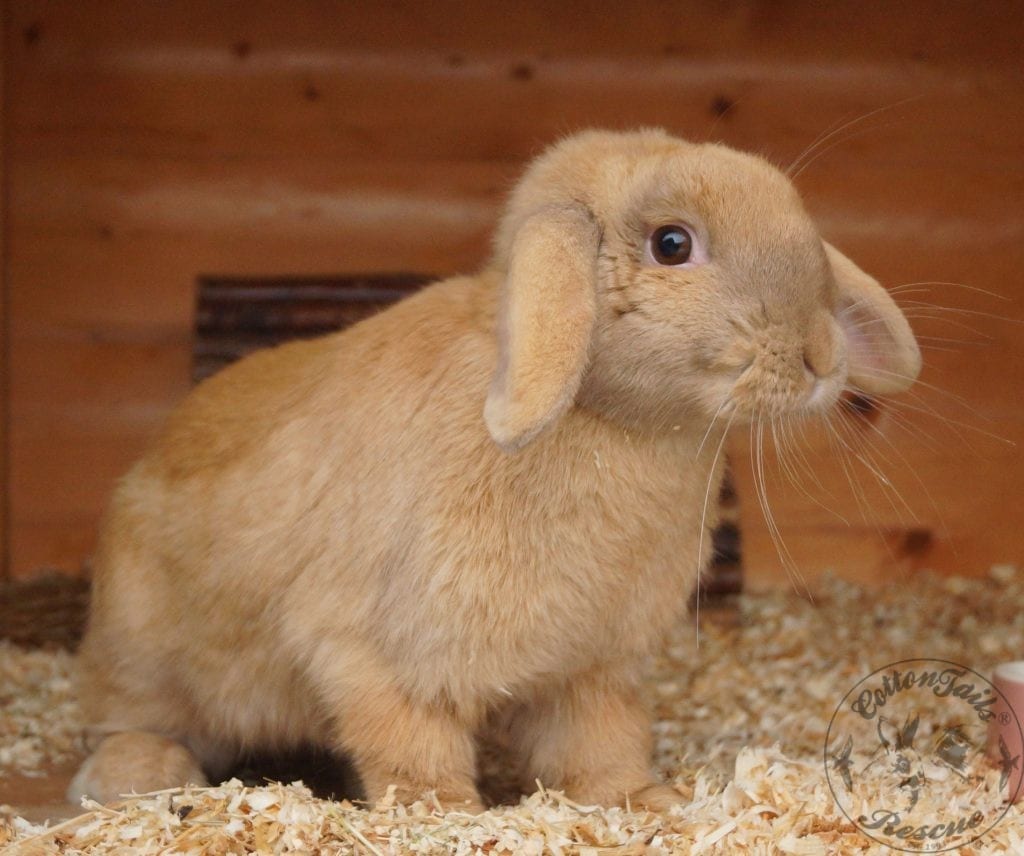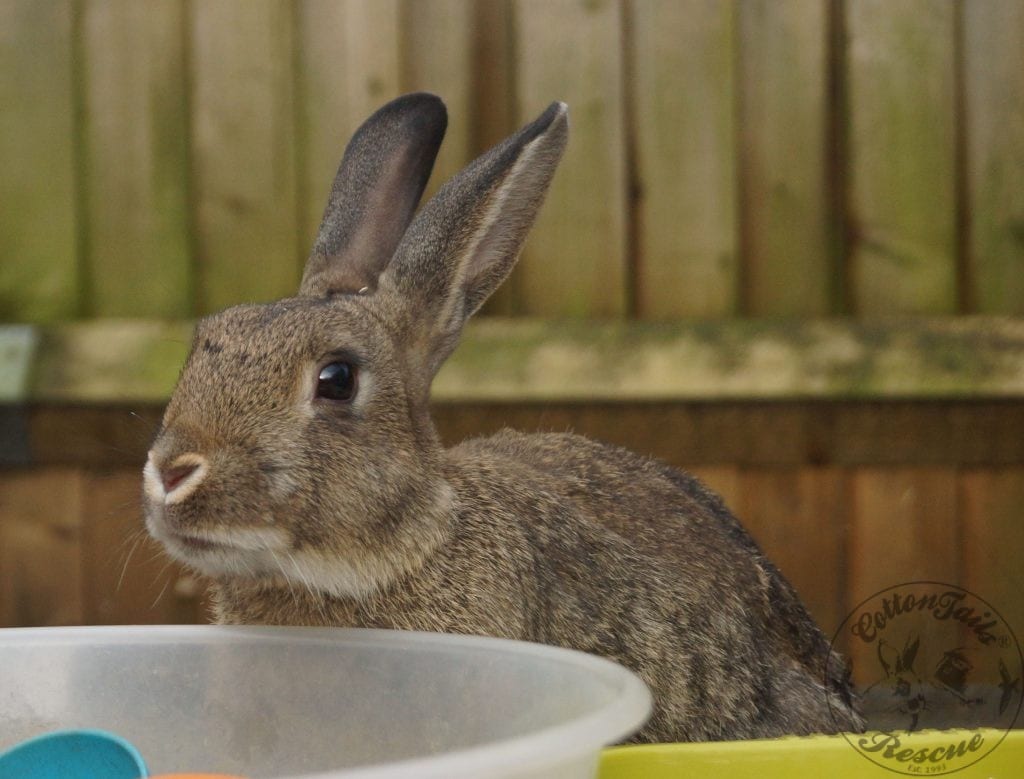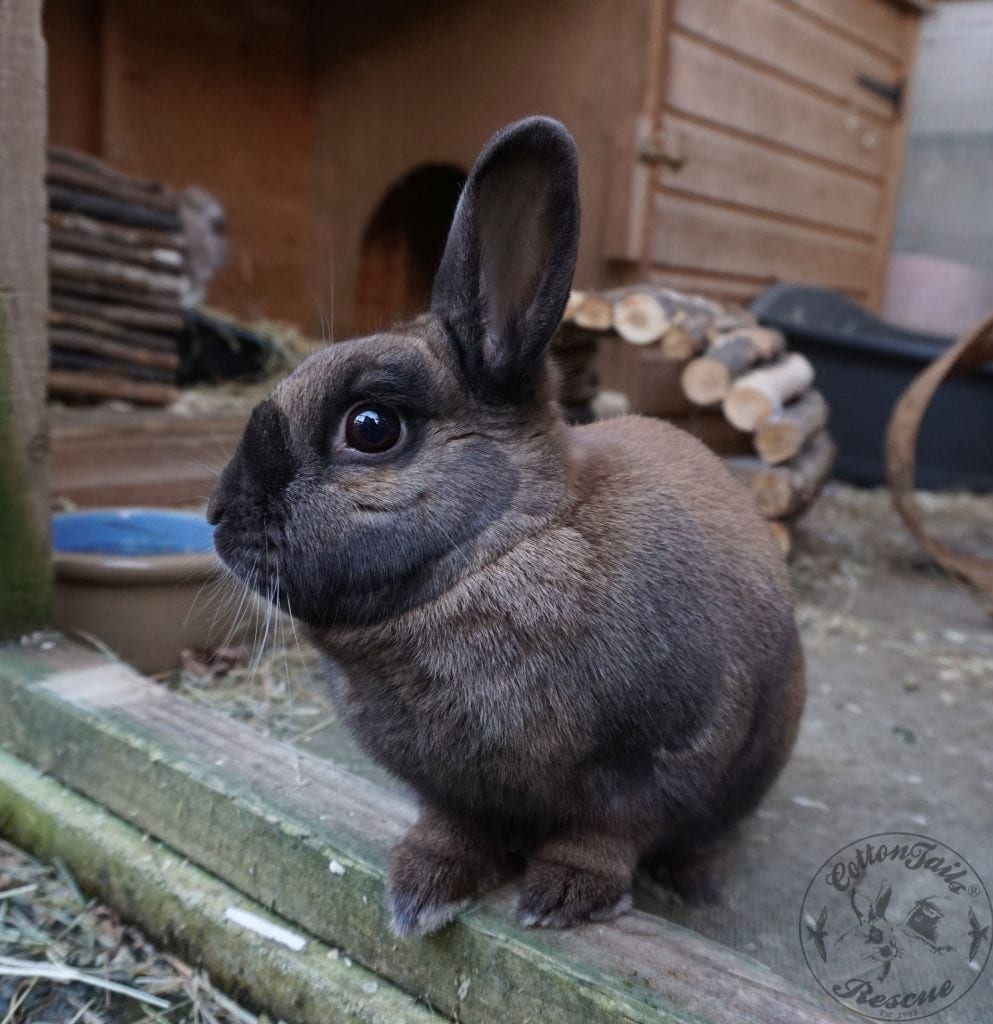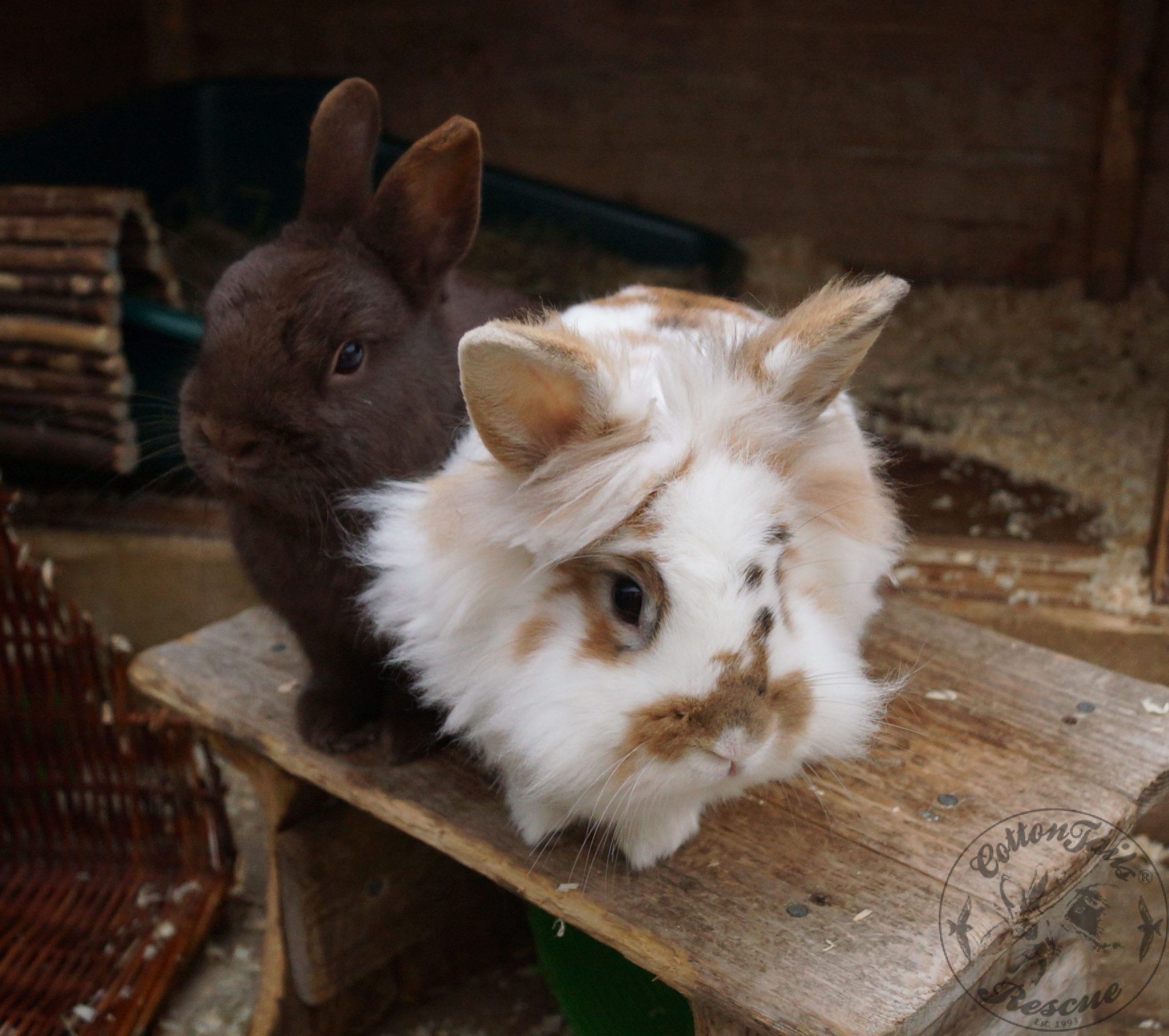Since CottonTails® started in 1993, many things have changed in the years since which has changed the face of rabbit rescue forever.
My fundamental aim in 1993 was to take in as many unwanted and neglected rabbits as I physically could so that they were at least safe and cared for. Almost secondary to this aim were thoughts about accommodation, costs, and how to find good homes. While our fundamental ethos has remained the same, of equal importance now is how the rabbits are kept, their welfare whilst here, and how to find suitable new permanent homes in the most time-efficient way possible with the finances available.
Veterinary services were extremely limited in the early 90s for rabbits and other small animals as the skills, specialist equipment, and advanced medications were unavailable. Neutering, vaccinating, and general health services that we take for granted now were then non-existent. As a result, very few rabbits were neutered, and only males with significant behavioural issues such as spraying were castrated, as the spay procedure for females had an abysmal survival rate.

Most of the rabbits were, therefore, entire, and bonding was not undertaken, so almost all rabbits in rescue centres had to be kept as singles once they reached maturity. Sisters and mother/daughter combinations were tried, but many failed over time due to fighting. Lack of space as a result of housing all of them separately, combined with a generally poor understanding of welfare needs, resulted in rescue centres keeping rabbits in small hutches with little if any access to runs and no stimulating equipment or objects that would allow the rabbit to display its natural behaviours. Comparing those days to how things are now, the transition from solitary small hutch to today’s modern rescue centres large hutches with runs attached is astounding. Including digging boxes, tunnels, objects to nibble on, and trash are all reasonably recent but accepted now as standard. This is in part thanks to a new awareness of what rabbits need to keep them happy and healthy, supported by the ongoing amendment of the Animal Welfare Bill, which enlarges the previous duty-of-care responsibilities to take into account mental and physical needs.
It was not until 1998 that we could make neutering for all rabbits mandatory before adoption, and by then, the use of the new anaesthesia had become commonplace, making surgery safer and pain management more effective. This also enabled procedures such as dental operations to become routine.
Vaccinations are taken for granted now, but the ability to protect our much-loved pet rabbits has been a relatively recent event. In 1994, we started to give Myxomatosis vaccinations, but it was not until 1999 that we could include a separate vaccination for RVHD1. By 2002, the combined version of the vaccine became available, protecting against both diseases simultaneously. The emergence of RVHD2 proved to be yet another challenge, and we have been vaccinating against this disease as a priority as soon as a new rabbit arrives since the vaccine’s availability in 2017. There is now a vaccine that protects rabbits from all three diseases.

Thanks to the changes in anaesthesia enabling all rabbits to be neutered safely and efficiently as a routine, the majority could be pair-bonded. This made a massive difference to us as not only did the rabbits appear happier in most cases, but it effectively halved the accommodation required, resulting in the ability to set up larger pens with equipment to keep them mentally and physically stimulated. We followed the fast-track bonding system very effectively, with almost 100% success rates for several years until around 2017, when it became apparent that the blind-date system was no longer effective. We then switched to the slow bonding method. Still, as the name implies, this effectively tied up space for more extended periods, so the decision was made to assist new owners in following the bonding process themselves at home over a period of weeks. What made this change necessary is unclear, but breeders may be selectively choosing personalities that are more popular with owners, resulting in rabbits that are more confident and comfortable around people. This may have, by default, resulted in rabbits that are less inclined to accept a new bunny friend, and I have personally found that the more humanised a rabbit is, the harder it is to bond.

When we first started, the most typical reason for giving up a rabbit was ignorance, not understanding what was required to keep the animal well and happy, and a false perception of what a rabbit was like as a pet and their unsuitability for young children. There was no internet in those days, no way to quickly look up what to do, and any research was based either on hearsay or from books, some more helpful than others. In today’s world of mass media, almost the reverse is true, with often conflicting information dripping out of every post clicked or page read. Despite this, ignorance is often significant, as many owners choose not to research before purchasing their pet. More recently, people moving into rented accommodation where pets are usually not allowed has become increasingly common. The novelty factor will always be a part of why any pet is given up for rehoming, and this is no different today than it was 28 years ago. I fear it will always be a factor as long as we keep animals as pets.
The financial costs to run a rescue centre and keep rabbits, in general, have increased as expected, with a steep rise in veterinary fees, reflecting the increase in expertise, equipment and medication now available. In 1997, it cost CottonTails® £14 a day for food, bedding, and vet expenses. in 2019 we spent £18.60 a day for the same items, a 25% increase.
Rabbit food and the advice surrounding diet have changed out of all recognition. In the early days, there was no scientific guidance about rabbit diets, which resulted in many owners grossly overfeeding their pets on inappropriate mixes whilst allowing the development of selective feeding into the bargain. Today, muesli-type food is being phased out, and supermarkets’ stocking of good quality pelleted food is at last leading owners to feed their rabbits a healthier diet. However, the correct amount to feed remains an issue. The emphasis on hay and green vegetables is gaining momentum constantly, adding to the drastic change in ideas compared to the early 90’s.

Whilst any organisation that deals with the needs of animals or people is increasingly under pressure in today’s society, compassion fatigue and its effects have only recently been recognised. When I first started CottonTails®, I was full of energy, compassion and drive to do my best for the unwanted and often neglected animals under my care. Little did I know that a good chunk of this enthusiasm would be chipped away bit by bit until I had to question why I was carrying on at all. Thankfully, I managed to pull through and am today more prepared to work through the inevitable downs that go with the territory. My experience has shown that most small-scale rescue centres close down within three years, and this is as true today as it was back in 1993 – possibly more true now as the added pressures of new legislation, rising veterinary costs, and trying to balance voluntary work with family and work commitments whilst keeping a roof over your head all plays its part.
I feel privileged to have been a witness to such positive changes over the last 28 years, and I look forward to more exciting advances in rabbit welfare to come in the future. Any advance in knowledge has got to be a positive step to keep our beloved pet rabbits happy and healthy, so here is looking to the next decade and beyond!

